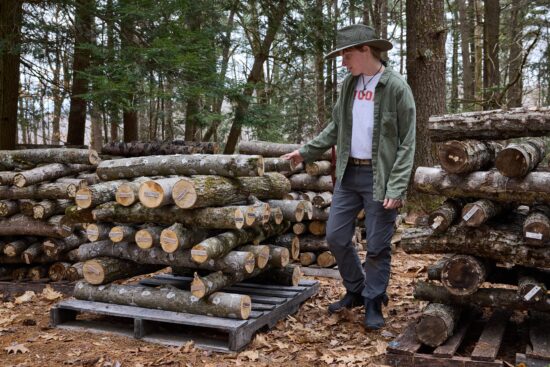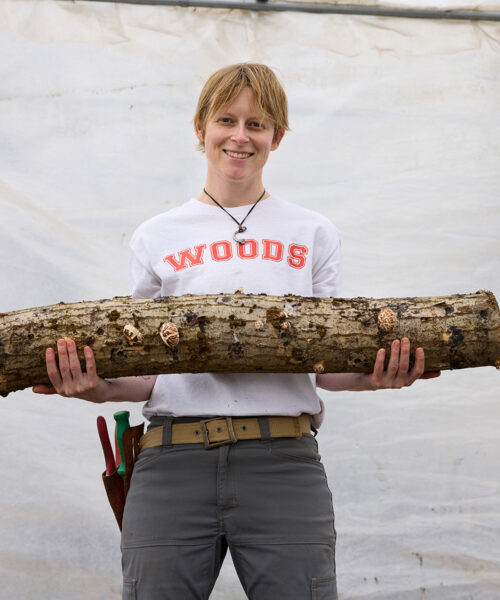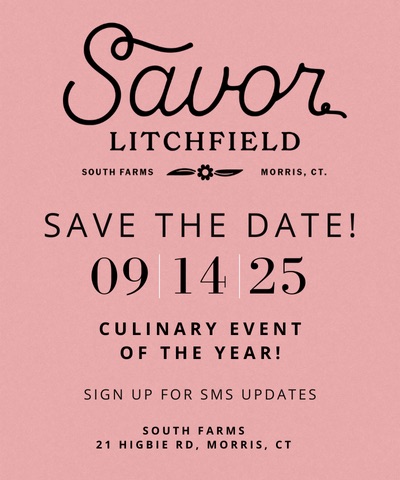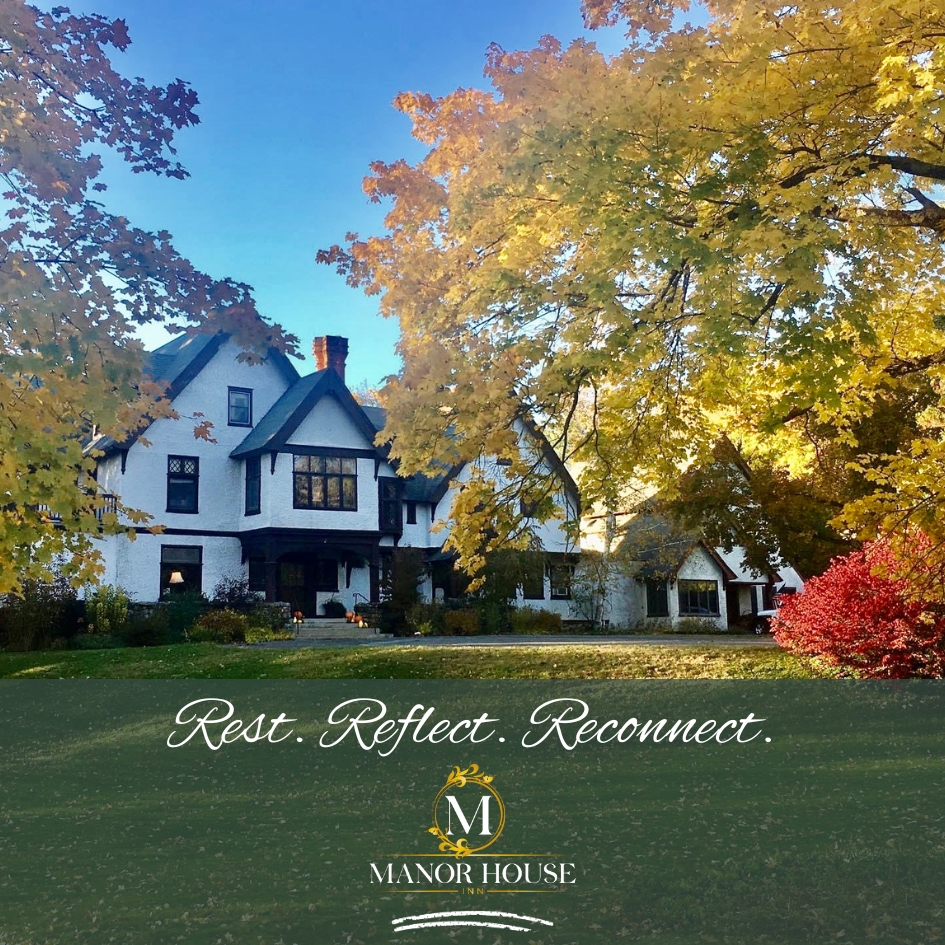April 24, 2024
A Locavore’s Guide to Mushroom Cultivation and Foraging
By Zachary Schwartz
Litchfield County is not a meteorological monolith. The region hosts a diversity of microclimates across its plentiful hills, valleys, forests, rivers, and lakes. This array of topographies and corresponding weather patterns make Litchfield County an agricultural heartland. In more recent years, one particular genre of farming has exploded in popularity: mushroom cultivation and foraging. Seen everywhere from farmers markets to viral TikTok videos to the HBO hit TV show “The Last of Us,” mushrooms are having a moment.
From Kent to Colebrook, it’s common to identify fungi like morels, chanterelles, amber jelly, puffballs, and turkey tails along forest trails and fields. Mushrooms vary based on characteristics like color, shape, texture, gills, pores, location, spore print, and cap color. There are thousands of species of fungi, and many can be found here in the Litchfield Hills.
In Northwest Connecticut, mushrooms grow all year, though they fruit most frequently in spring and summer. According to horticulturist and forager, Rana Justice, September is the sweet spot for regional fungi growth, particularly for maitake, lion’s mane, and chicken of the woods. She teaches interactive mushroom inoculation workshops at Husky Meadows Farm in Norfolk. Students learn how to inoculate logs in the farm’s mushroom yard, then enjoy a meal of mushroom dumplings, crostini, and tea.

Mushrooms offer significant health benefits, including gut microbiome cleansing, cardiovascular support, and energy-boosting traits. “Years ago I started to learn about medicinal mushrooms, like reishi and chaga. All of these mushrooms around us have such a mental and physical health benefit,” says Justice. She forages reishi and chaga locally to be dried, steeped in hot water, and then drained as tea, which can be optionally sweetened with Connecticut maple syrup. They can also be dehydrated, soaked in grain alcohol, and then distilled into anti-inflammatory tinctures. Of course, they can be plucked, sliced, and simply pan fried for a salubrious treat. Aside from edible consumption, mushrooms are touted as a new frontier for sustainable production, as seen through designer mushroom leather handbags from Hermès and Stella McCartney, compostable Styrofoam replacements, and psilocybin used for psychological therapy.
Cultivating gourmet mushrooms at home is low effort and requires short timelines. Beginners can purchase mushroom blocks of mycelium-infused sawdust online from Maine at northspore.com, or from local growers like mushroom expert Gerry Moerschell of CT Wild Harvest. When placed on a kitchen counter and exposed to air and water, mushroom blocks will yield fresh shiitakes to cook at home. “Growing mushrooms is fun and unlike anything else. It’s rewarding, and they sprout fast,” says Moerschell.
As taught through courses at Husky Meadows Farm, intermediate growers can harvest dried tree logs, inoculate them with mycelium substrate, protect them with organic paraffin wax, and then set them aside in a shaded, humid, and wind-protected outdoor area. “One of the best ways to get started at home is to grow mushrooms on logs outside. The best ones specifically for our area are shiitakes and oysters because they grow well around here,” says Moerschell.
When it comes to foraging mushrooms locally, Justice and Moerschell recommend a handful of best practices to abide by. Only forage if you know the exact mushroom type. Forage sustainably, and always leave some mushrooms behind to support the local ecosystem. Check multiple resources before consuming to avoid poisonous varieties, and don’t eat if there is any hesitation. Importantly, consider taking a course with a local mushroom foraging specialist or mycologist, and then get to foraging in the woods of your own backyard.




















